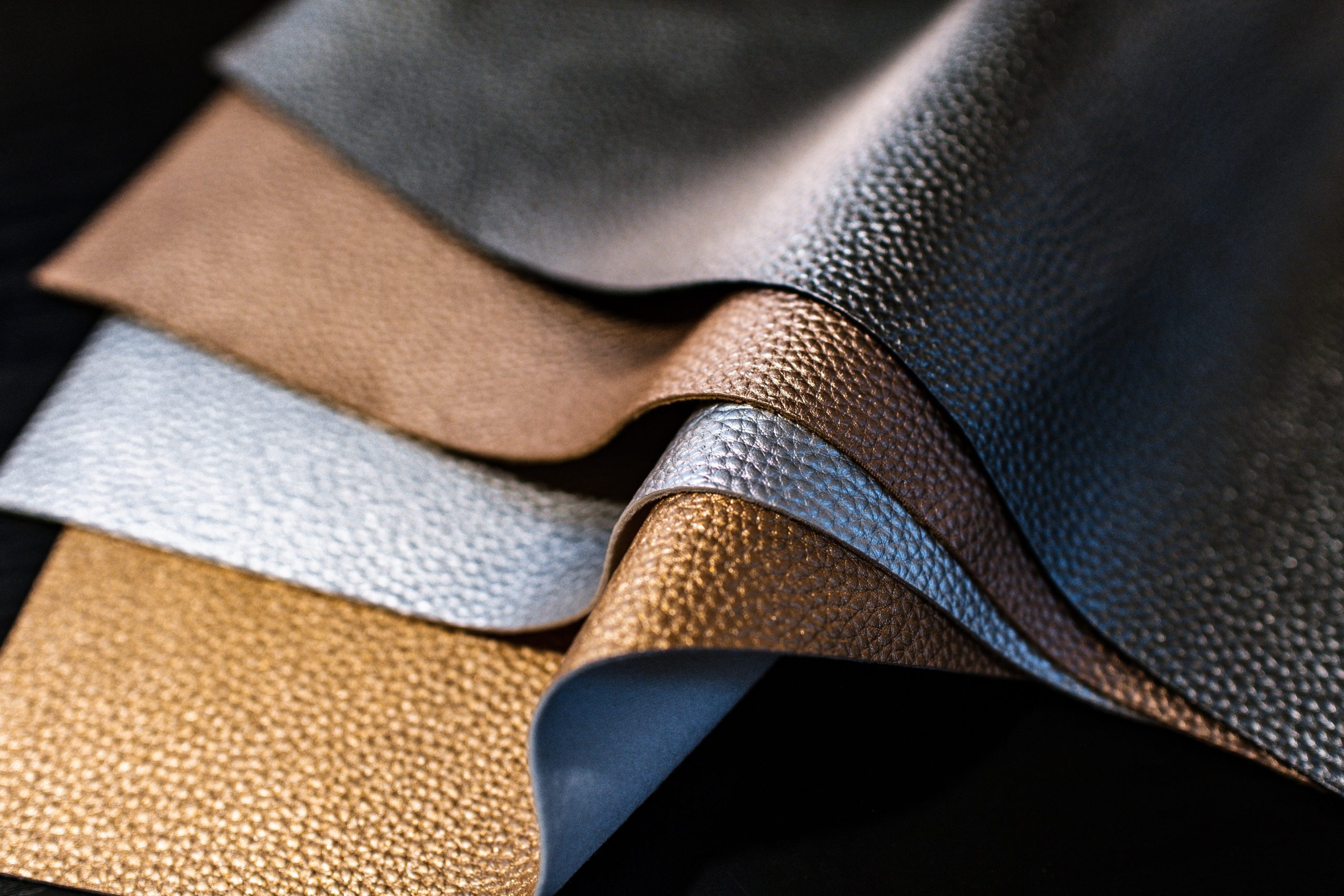“The consumption of leather products by the humans is very common and used almost every day,” according to N.M. Sivaram and Debabrata Barik in Energy from Toxic Organic Waste for Heat and Power Generation.
The debate on whether to invest in real leather or its artificial, faux counterparts is a recurring issue every year, and staple leather products do not show signs of going anywhere, meaning neither do their carbon emissions.
While the daily use of leather products increases carbon emissions released into the environment daily, different thicknesses, types and finishes on these leathers can affect the carbon footprint in different amounts, according to Kuo-Wen Chen, Lung-Chieh Lin and Wen-Shing Lee in Analyzing the Carbon Footprint of the Finished Bovine Leather: A Case Study of Aniline Leather.
Why It’s Newsworthy: According to issues.org, the world must drastically reduce its carbon emissions because they cause gradual warming, which has been an international political issue.
Considering the ethics, economics and environmental impact of both leather variants is the best way to make a conscious decision on which to obtain, for the earth, your wallet and your personal ideals.
Artificial leather
“Vegan leather is made from dinosaurs,” said Steven Lange, director of the Leather Research Laboratory at the University of Cincinnati. “And as far as the actual science behind making vegan leather, it comes from crude oil. So, like dinosaurs.”
By crude oil, Lange was referring to the plastic chemical compounds used to make artificial leather. Crude oil is a non-renewable resource made up of organisms that fell to the bottom of the sea and over millions of years were crushed and heated up to form the resource, according to National Geographic.
“[Artificial leather] is a textile fabric, typically a non woven fabric, which is coated with either polyurethane or polynylon, PVC polyvinyl chloride,” said University of Georgia textiles professor Gajanan Bhat.
According to Bhat, the plastic used to make artificial leather products is petrochemical-based, which is not earth-friendly and does not break down in the environment. In fact, many of these products cannot be recycled either.
“They are very difficult to recycle because you cannot separate the textile from the plastic coating easily,” said Bhat.
Along with artificial leather’s environmental disadvantages, Lange said its durability may not reach the levels of real leather, either. “Overall, the longevity of the [real] leather is so superior, especially going into a fashion article. When you have a shoe or a belt, the full leather belt will last longer,” said Lange.
Aside from the cons, faux-leather products are a more wallet-friendly leather-like products that Lange said are growing closer to performing like real leather every day.
“They’re getting a lot closer, as far as the actual real leather versus the vinyls,” said Lange.
According to Bhat, newer artificial leathers use technology that uses code to heighten performance. “You can control and achieve the structure and performance based on what type of fabric you choose, and how you tweak those conditions allows you to engineer the product really well,” said Bhat.
These qualities include looking more like real leather along with varying levels of strength, flexibility and durability. Newer technology also allows faux leather to come in a wide variety of patterns and colors, all which take much less time than dying real leather.
 Real Leather
Real Leather
According to Lange, where there used to be doubts about the environmental friendliness and ethics of real leather, there are now improvements.
“The real leather industry as a whole is very conscious; I think they’re not very good at getting the word out on what they’re trying to do,” said Lange.
There used to be many negative effects on the environment from the leather industry, such as: the formation of solid waste and wastewater runoff containing toxic and hazardous chemicals and the waste from the leather industry leading to harmful effects on living beings and the environment, according to Sivaram and Barik. However, the leather industry is implementing changes to lighten their impact on the environment.
Some of these recent industry changes consist of chemical manufacturers tailoring their products to make them more efficient on the leather so there is not as much waste and roll coaters being used to coat leather instead of spray, so there are less emissions, according to Lange.
Along with ecological improvements, real leather is rarely sourced unethically. Actually, almost all leather is a byproduct of the meat industry, according to Lange.
“No animal is slaughtered for its hide,” said Lange. “I think what’s really ethical about it is the fact that we are going to be eating these animals, and it’s on us to get as much value out of that as possible.”
In fact, whenever companies choose to use faux leather or no leather at all, there may be left over leather that becomes waste, according to Lange. To avoid this issue, it is important for consumers to realize that their choice to buy real leather over artificial leather is beneficial in keeping the leather industry working efficiently with little to no wasted product.
Though many types of faux leather are growing closer to the look and feel of real leather, there are a few properties real leather offers that cannot be replicated, such as the break pattern in real leather, its breathability, the patina it develops as it ages, and its high quality and longevity, according to Lange.
Avid thrifter and leather enthusiast Leila Farhan said, “I love when I can go [thrifting] and find genuine leather pieces. You can tell they’re real by how much heavier they are, and the vintage pieces are stunning.”
According to Farhan, the real leather she finds always has flaws and reflects real skin, whereas the faux leather pieces making it to the racks of clothing look “cheaper.”
Where the Leather Industry Took a Turn
Faux leather hadn’t gained enough traction to be a competitor with real leather until 2015, when the market price of leather increased by .6%, according to the U.S. Leather And Hide Market Analysis And Forecast to 2025.
According to Lange, when the leather prices increased, many companies had to make a decision on whether to increase their product prices or move to a more affordable product such as artificial leather, and they chose the latter.
“The problem with that is the price of the leather is going back down. But they haven’t gone back to [real leather] because they’ve already changed and there’s no point changing back,” said Lange.
Leather Consumption Key Takeaway
Though there are pros and cons of each type of leather product, real leather products will provide durability as well as environmental friendliness. Faux leather products are better for a short-term investment that is not nearly as expensive as real leather, however it will miss many characteristics that come with an organic product.
“Artificial leather can be as comfortable and cheaper; it is a good alternative,” said Bhat. “But again, if you’re not worrying about its disposal issue, and especially if you are likely to use it for long term, [faux leather] may be worth it.”
As long as you conduct your research beforehand, both types of leather can be the perfect match for different types of consumers. It’s simply up to you to make the most conscious decision about your leather products moving forward.
Amanda Merritt is a senior studying journalism in the Grady College of Journalism and Mass Communication with minors in fashion merchandising and Women’s Studies at the University of Georgia.









Show Comments (6)